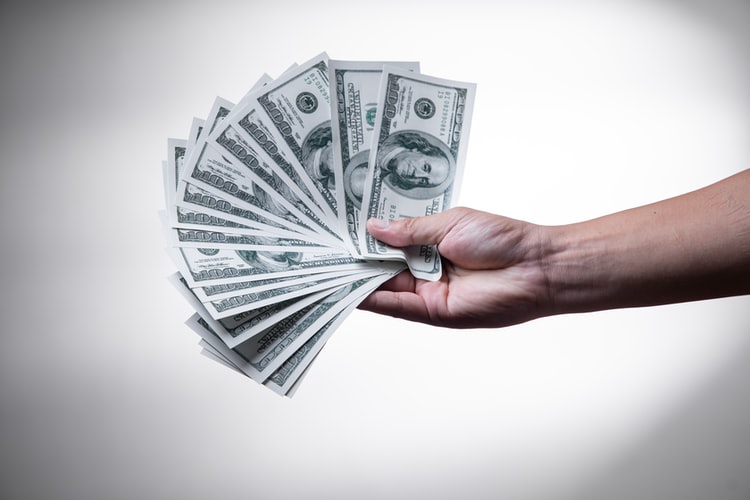:quality(75)/cloudfront-us-east-1.images.arcpublishing.com/elcomercio/FDT3GQOTZ5BOZA45KWWBOGG7S4.jpeg)
There’s a fundamental aspect of sports betting that’s appealing: you can make a profit consistently. Despite knowing what you are doing and applying the right strategies, you can achieve your goal. Unfortunately, many gamblers wind up losing money. This can be attributed to several factors, including the fact that bookmakers have certain tricks to make sure they always have an advantage.
In order to be successful at sports betting, you have to overpower this advantage. Your opponents are the bookmakers, and you need to learn how to defeat them. Understanding how they ensure they make money is essential before you can do this.
We describe How do Bookies make money in this article. In addition, most bettors make bad bets, which is another major reason they make money.
Fundamentals of Bookmaking
Bookmaking follows a straightforward and fairly obvious principle. Every time a bookmaker places a bet, he or she receives money, and every time a customer wins, they pay it out. It is in the bookmaker’s interests to take in more than what they pay out. This is the object of the bookmaker’s art.
Sportsbooks can’t influence sports results, but they can influence how much they stand to gain or lose if a particular result occurs. Betting houses set the odds on all wagers they place, which ultimately allows them to generate profits.
The Overround/Charging Vigorish
Incorporating vigorish is the main technique that bookmakers use to increase their odds. A vig or vigorish is also called a juice or a margin or an overround. It is built into the odds bookmakers set in order to help them profit. Essentially, it’s a commission paid for placing bets. We will use a simple coin toss example to best explain the concept of vig.
It is equally likely that each outcome of a coin toss will result in the opposite outcome. 50% of the time there will be heads and 50% of the time there will be tails. On a coin toss, a bookmaker would offer even money if they were offering true odds. Based on decimal odds, this is 2.00, moneyline odds are +100, and fractional odds are 1/1. At even money, a successful $10 bet returns $20, which is an increase of $10 plus the original stake.
Now let’s have a look at what it looks like for the bookmaker when 50 customers bet on tails and 50 customers bet on heads.

Here you can see how the new odds have made a big difference, and now the bookmaker makes a guaranteed profit on every coin flip. It is always going to be $954.50 out of the $1,000 received in total wagers that they pay out. The $45.50 profit margin built into their system is called the “vigorish,” and it’s expressed as a percentage of the total amount wagered. The vig in this case amounts to roughly 4.5% of the total amount wagered.
The example above is very simplified, but it demonstrates how bookmakers set the odds to give themselves an edge. With regards to sports events, things get a little more complicated, since the possible outcomes aren’t always equal. Many betting markets have more than two outcomes, and bookmakers won’t take in the same amount on each outcome.
The reason why you can’t just simply charge vig as a bookmaker is because of these reasons. Consistent profits require other techniques, which is where odds compilers come into play.
Compilers of Odds Play an Important Role
Bookmaking firms set the odds with odds compilers. Traders also set the odds for bookmakers. It is the odds they set that ultimately determine how much money a bookmaker will make, and how much money they will take in. In the sports betting industry, pricing the market involves setting odds for an event.
When it comes to pricing up sports events, there are a number of factors to consider. Besides ensuring that odds accurately reflect the likelihood of a particular outcome, a profit margin needs to be built into them as well. Probabilities for outcomes are largely determined by statistics, but sometimes a certain amount of sports knowledge is also required.
In order to price markets for the sports they specialize in, compilers must be very knowledgeable about the sports they are pricing. Additionally, they should have solid mathematical and statistical knowledge.






